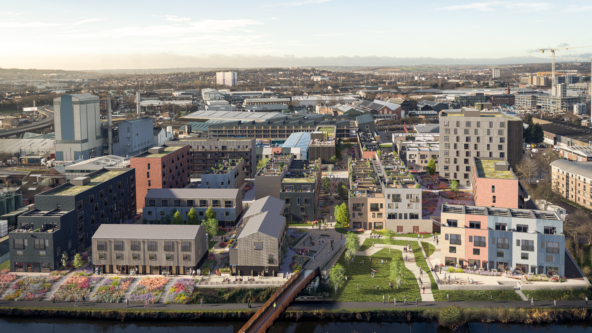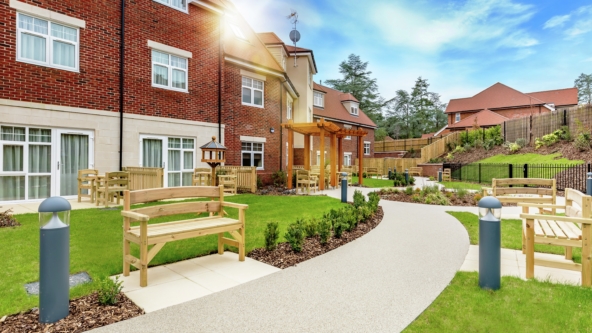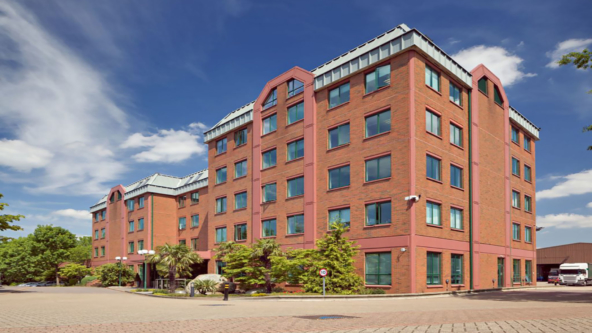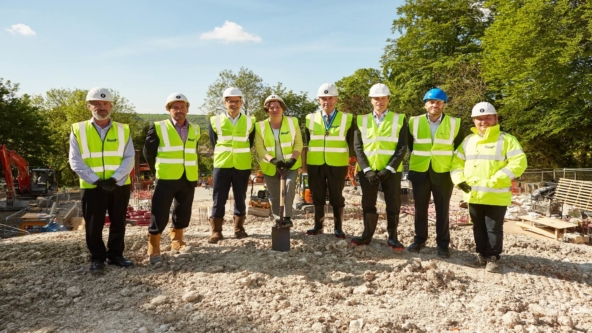The next few years are going to be an exciting time in primary care. Sustainability and Transformation Plans (STPs) are at the heart of changes that patients, GPs, practice managers and primary care commissioners have been wanting for years: a shift from acute hospitals to primary and community care.
The pressures on the NHS are well documented. Not least, people are living longer with more complicated health issues. They don’t necessarily need emergency care, but more often than not they end up in hospital receiving expensive care for health issues that potentially could be significantly cheaper to treat through primary and community care. Once in hospital it can be extremely difficult to get patients back home and into the care of their local communities.
We’ve been watching the STPs process with great interest, and from our conversations with many primary care professionals, we are seeing genuine optimism that STPs will deliver much better, local services for patients.
Challenges for STPs
However, the process hasn’t been without some significant challenges. Compared to when the GP Forward View was first published in October 2014, there has been a sharp decline in financial and operational performance and many are wondering where the funds needed to implement STPs will come from. Currently most of the additional funding identified in the 2015 Spending Review is being used to keep services afloat, not to deliver transformation.
What options are available for creating the healthcare infrastructure needed to deliver care close to home? How will primary care providers cope with a significant increase in services?
In the medium to long term, new care models have the potential to address financial and operational pressures. By increasing services delivered through primary and community care NHSE will save money; reducing expensive acute visits and reducing demand for services with early intervention. But investment is needed now to build the infrastructure to deliver financial and operational savings in the future.
While it is anticipated that under the STP process the level of spend will increase to about 11% of NHSE budget – more than a 50% rise in the amount of spend currently available – how will this money will be diverted from acute / secondary care to primary and community care?
A recent King’s Fund report analysing all 44 STPs, warns that without extra investment, moving care closer to home is not ‘credible’ when hospitals are already running at full capacity. That said, the report does state that ‘STPs offer the best hope for the NHS and its partners to sustain services and transform the delivery of health and care.’
Of course there are opportunities to press ahead by using resources that are already in the community more effectively. 50 ‘vanguards’ have taken the lead on the new care models and are already seeing results: including reductions in A&E use and unscheduled hospital visits.
STPs and healthcare infrastructure
Some infrastructure changes could also be implemented now. In fact, much of the planned changes to the delivery of services cannot be achieved without significant infrastructure redesign and development. Delaying this work could result in a deterioration of patient care as STP footprints transition to new care models.
In many cases, fragmentation of estate ownership is a barrier to the successful implementation of STPs. Most of the 44 STPs identify the need to improve facilities, or invest in new premises to deliver services.
As there is a significant push towards moving healthcare provision into primary care, General Practice estate is fundamental to the success of most STPs. However, GP estate is generally not owned by NHS organisations within STP footprints. Typically, premises are owned by the GP practice or leased from a private landlord; and funded by the NHS (General Medical Services – Premises Costs) Directions 2013.
With funding pressures, many STP areas are exploring alternative ways of funding GP premises, looking for healthcare investment from the private sector as well as the NHS England’s Estates and Technology Transformation Fund (ETTF).
Getting the infrastructure in place early will be a key factor in how healthcare professionals, and patients, adopt STPs and access new care models in the future.







